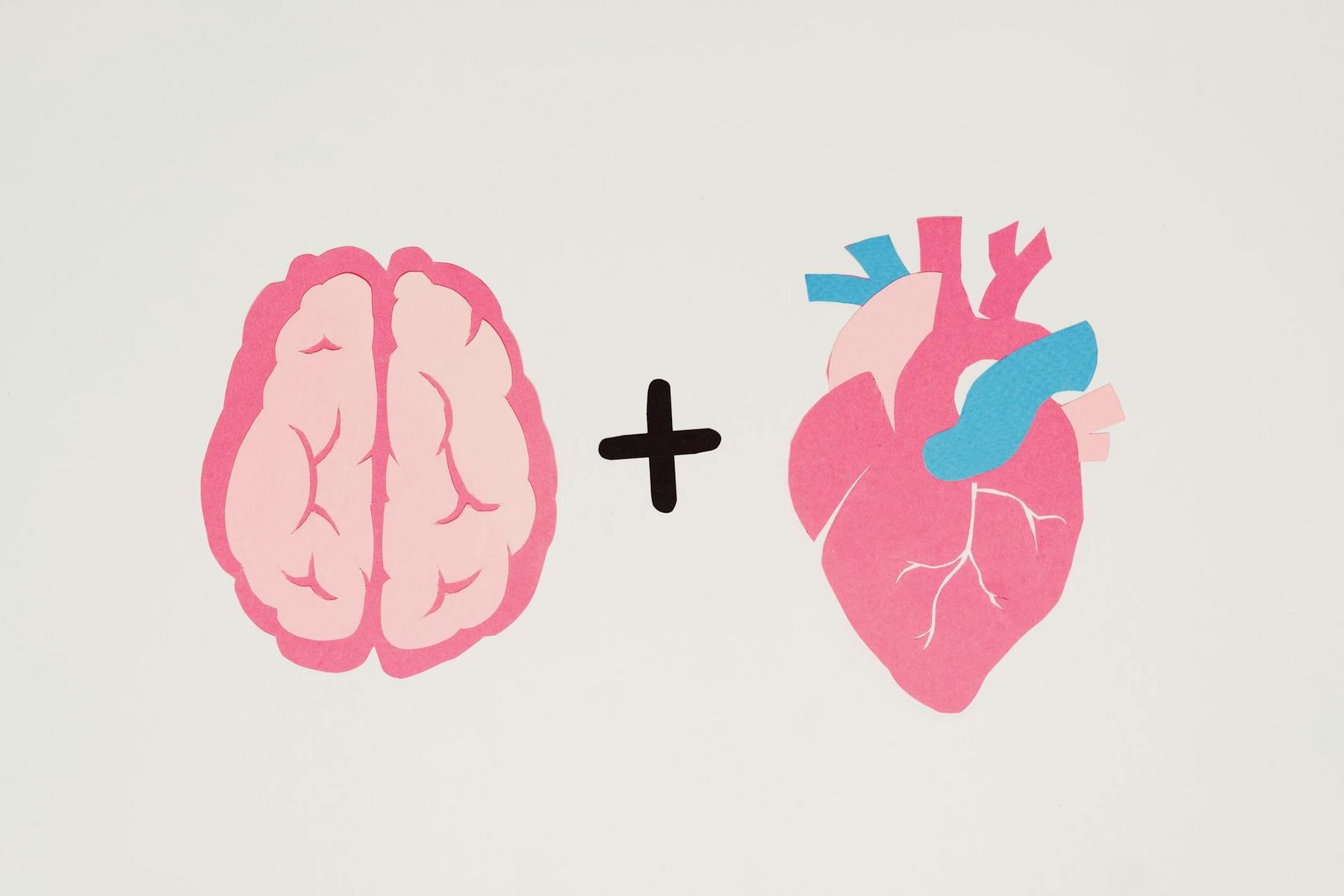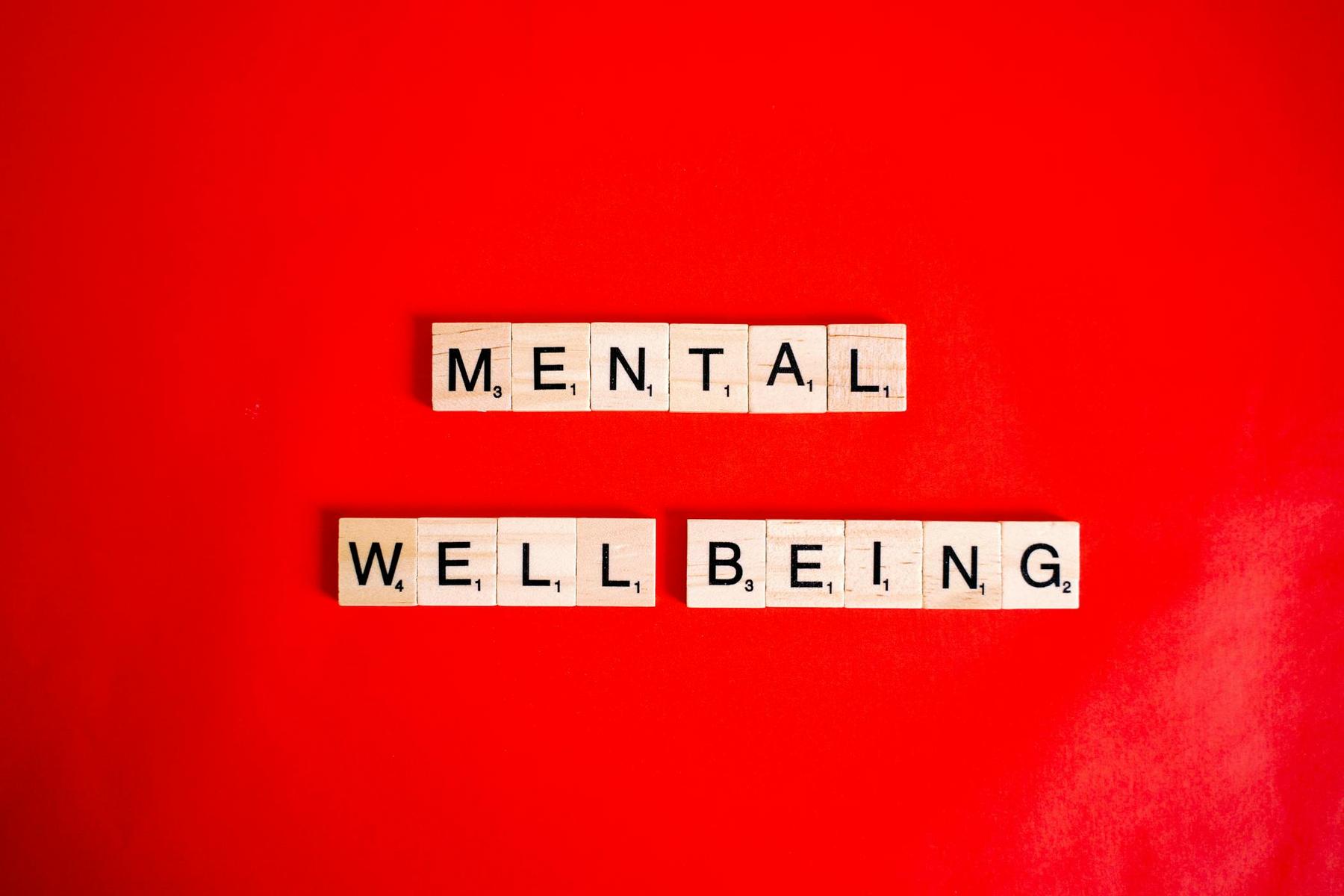We carry within us a catalogue of debts—not financial obligations, but the profound, often unspoken gratitude we owe to those who shaped our lives during pivotal moments. These acknowledgements remain locked inside, unexpressed and undelivered, growing heavier with time. Yet research demonstrates that the very act of articulating and delivering gratitude can fundamentally alter psychological wellbeing, creating measurable improvements in life satisfaction that extend far beyond the moment of expression. This paradox—that something so simple remains so rarely practiced—forms the foundation of one of positive psychology’s most powerful interventions: the Gratitude Visit.
Developed by Martin Seligman, often regarded as the founder of positive psychology, the Gratitude Visit represents a structured approach to expressing appreciation that transcends casual thank-you notes or perfunctory acknowledgements. This evidence-based exercise requires participants to compose and personally deliver a letter of gratitude to someone who has profoundly influenced their life but has never been properly thanked. The deliberate nature of this practice, combined with its emotional intensity, distinguishes it from other gratitude interventions and positions it as a cornerstone technique within the positive psychology framework.
What Is the Gratitude Visit Exercise?
The Gratitude Visit constitutes a specific positive psychology intervention designed to strengthen social bonds whilst simultaneously enhancing individual wellbeing through the deliberate expression of appreciation. Unlike spontaneous expressions of thanks, this exercise follows a methodical protocol that maximises emotional impact and psychological benefit.
Participants identify an individual who has significantly influenced their life but has never received adequate recognition for their contribution—be it a teacher, mentor, friend, or family member—and then compose a detailed letter (approximately 300 words) that articulates the concrete ways in which this person made a difference. The letter outlines specific incidents and qualities, ensuring genuine sentiment over generic praise.
The protocol’s critical element is its delivery: rather than simply handing over the letter, participants arrange an in-person meeting with the recipient, reading the letter aloud. This face-to-face encounter transforms the exercise from a private reflection into a shared emotional experience, fostering deeper social connection and mutual appreciation.
How Does the Gratitude Visit Work in Practice?
Implementing the Gratitude Visit involves several distinct phases:
Phase One: Recipient Selection
The recipient must be someone who has had a significant positive impact yet remains under-acknowledged. Selecting the right individual often involves careful reflection, as many potential candidates might emerge from one’s life story.
Phase Two: Letter Composition
Participants draft a letter rich in concrete details and emotional specificity. This process not only helps clarify feelings of gratitude but also offers psychological benefits by reinforcing positive memories and personal growth.
Phase Three: Visit Arrangement
A meeting is arranged without disclosing the letter’s purpose. The element of surprise heightens the emotional impact when the letter is finally read aloud, setting the stage for a genuinely moving interaction.
Phase Four: Letter Delivery
During the visit, the letter is read aloud slowly, allowing the recipient to absorb its content fully. This oral delivery builds an atmosphere of vulnerability and intimacy, subsequently sparking an engaging dialogue about shared memories and the impact of past interactions.
What Does Research Reveal About Gratitude Interventions?
Scientific studies have repeatedly demonstrated that gratitude practices yield significant psychological benefits. Compared to simpler interventions like gratitude journaling, the Gratitude Visit shows more robust effects in enhancing positive affect, life satisfaction, and even reducing depressive symptoms. Longitudinal research indicates that the benefits of this exercise—owing to its multifaceted impact on social bonds and cognitive patterns—can persist for weeks or months after the activity.
Neuroscientific studies further bolster these findings by highlighting the activation of brain regions responsible for reward, emotional regulation, and social connection during gratitude exercises.
Why Does the Gratitude Visit Create Lasting Impact?
The effectiveness of the Gratitude Visit is driven by several intertwined psychological mechanisms:
- Cognitive Reappraisal and Positive Memory Enhancement: Composing the letter helps participants reframe their life narratives, making positive memories more accessible in future situations.
- Social Connection Strengthening: The in-person delivery fosters feelings of belonging and mutual appreciation, deepening relationships over time.
- Reciprocal Emotional Benefits: Both the giver and the recipient experience emotional uplift, creating a reinforcing loop of positive sentiments.
- Sustained Evidence of Impact: The letter serves as a tangible reminder of the relationship’s significance, which can be revisited during challenging times to reinforce emotional resilience.
Who Can Benefit from Implementing the Gratitude Visit?
The Gratitude Visit is applicable to a wide range of individuals, whether they are facing life transitions such as career changes or personal challenges, or simply looking to enhance their overall wellbeing. It offers a practical, action-oriented method for fostering gratitude that has been shown to improve both personal satisfaction and interpersonal relationships. Even in professional settings, adapted versions of the exercise can enhance workplace dynamics by strengthening bonds between colleagues and mentors.
How Does the Gratitude Visit Compare to Other Gratitude Practices?
Below is a comparison of the Gratitude Visit with other common gratitude practices:
| Characteristic | Gratitude Visit | Gratitude Journaling | Mental Gratitude Reflection |
|---|---|---|---|
| Time Investment | High (2-3 hours total) | Moderate (10-15 minutes daily) | Low (2-5 minutes daily) |
| Emotional Intensity | Very high | Moderate | Low to moderate |
| Social Component | Essential (requires recipient) | None | None |
| Skill Requirements | Writing, emotional vulnerability | Basic writing | Introspection capability |
| Effect Duration | Weeks to months | Ongoing (if maintained) | Brief, cumulative |
| Relationship Impact | Significant strengthening | None | None |
| Frequency | Occasional | Daily to weekly | Daily |
| Preparation Required | Extensive | Minimal | None |
Many practitioners find that combining these methods—such as maintaining a gratitude journal while occasionally undertaking a Gratitude Visit—can yield both steady improvements and powerful, peak emotional experiences.
Integrating the Gratitude Visit into Contemporary Wellbeing Frameworks
The Gratitude Visit is a prime example of how positive psychology transforms abstract ideas into concrete, life-enhancing practices. It emphasizes the cultivation of interpersonal strengths and the development of psychological resources necessary for enduring wellbeing. This exercise aligns well with holistic healthcare models that prioritize not only physical health but also emotional, cognitive, and social dimensions.
In contexts ranging from individual therapy to organizational wellbeing programs, the Gratitude Visit has been recognized as a potent tool for fostering resilience, enhancing relationship quality, and promoting overall life satisfaction.
Looking to discuss your health options? Speak to us and see if you’re eligible today.
What if the person I want to thank has passed away or cannot be reached?
While the original Gratitude Visit protocol calls for an in-person delivery, adaptations exist when a face-to-face meeting isn’t possible. The act of writing and even reading the letter in a meaningful way—such as at a location significant to the memory of that person—can still generate substantial psychological benefits.
How does the Gratitude Visit differ from standard appreciation expressions?
The Gratitude Visit is distinct for its structured approach, detailed articulation of concrete impacts, and formal in-person delivery. Unlike casual thanks, this exercise requires deliberate preparation and expression, resulting in a more profound emotional and cognitive effect.
Can the Gratitude Visit be practiced multiple times with different recipients?
Yes. Research in positive psychology supports repeated Gratitude Visits with different individuals. Spacing the exercises several months apart helps preserve their emotional intensity while strengthening multiple important relationships over time.
What should I do if I become emotionally overwhelmed during the letter delivery?
It’s natural to feel emotional during this exercise. If you become overwhelmed, pause to collect yourself. Often, the recipient’s empathy and understanding can enhance the overall experience. In cases where emotions hinder completion, consider reading a prepared copy silently.
How can I incorporate gratitude practices into broader wellbeing strategies?
The Gratitude Visit is best used as part of a comprehensive wellbeing strategy. It can be combined with daily gratitude journaling, regular reflection, and other positive psychology interventions to create a synergistic effect that enhances overall life satisfaction.













